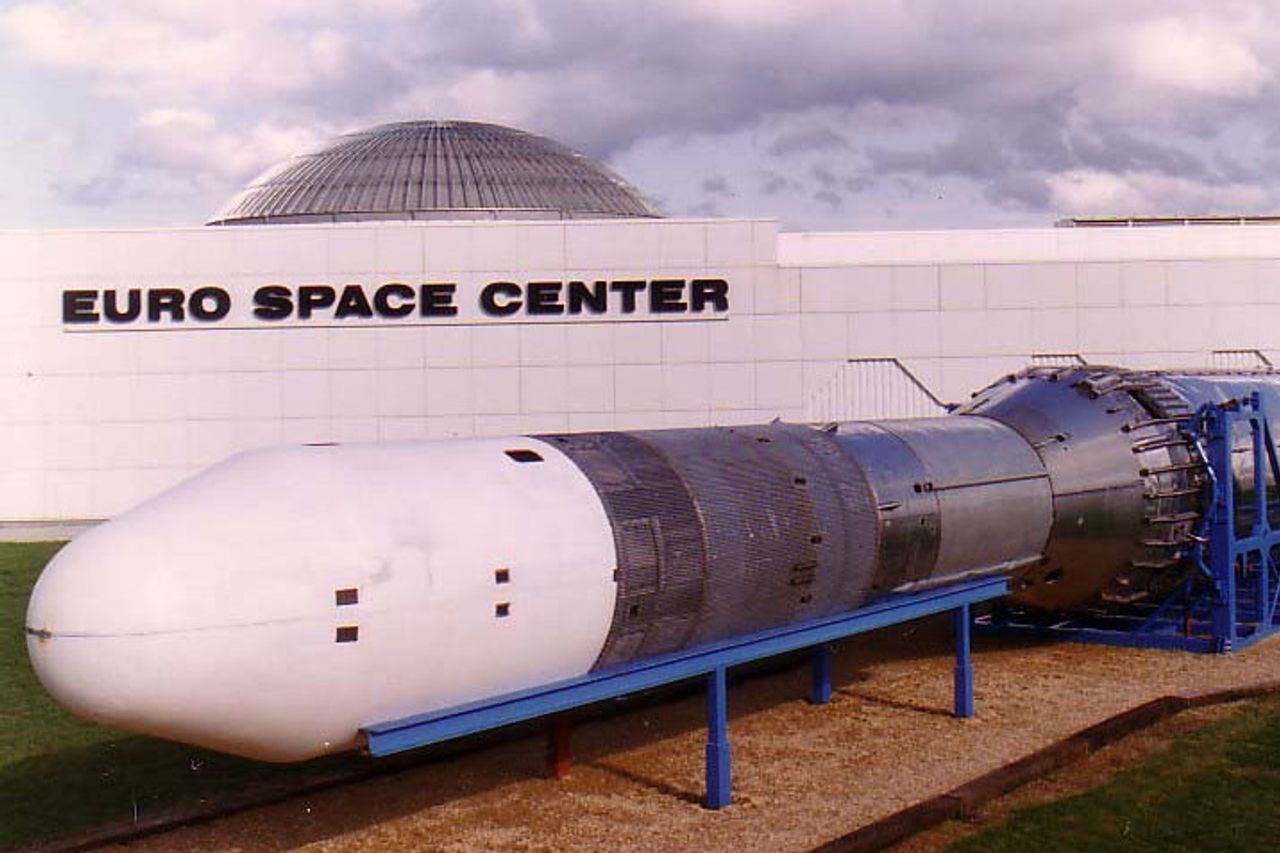Get To Know The European Space Agency, ESA And Its Historical Missions

JAKARTA - 40 years ago, to be precise on May 30, 1975, European countries established the European Space Agency (ESA). This institution was deliberately created to balance the dominance of the two superpowers in space affairs: the United States and the Soviet Union. How did the history of ESA come about and what are its achievements in the world of space?
It all started with the end of World War II when the United States and the Soviet Union dominated space exploration. As a result, many scientists from various countries, especially Western Europe, worked in the two countries.
Although Western European countries can still invest in research and space-related activities, European scientists feel realistic that these national projects cannot catch up with those of the superpowers. Therefore, as quoted from the official ESA website in 1958, two well-known scientists from Western Europe, Pierre Auger and Edoardo Amaldi proposed that European countries form a joint scientist organization for space research. The model is similar to the CERN (Center for Nuclear Research) organization.
Initially, Western European scientists agreed to have two space agencies, namely the European Launcher Development Organization (ELDO) and the European Space Research Organization (ESRO). ELDO aims to develop the shuttle launch system, while ESRO aims to develop the aircraft.
Then at a convention that was held in 1975, ELDO and ESRO were merged into one, and ESA was formed. Initially, only 10 countries had signed the ESA Convention, namely Belgium, Denmark, France, Germany, Italy, the Netherlands, Spain, Sweden, Switzerland and the United Kingdom. Now, 22 countries have joined this organization.
Each member country is required to deposit funds for the ESA budget. As is known, in 2019 the total budget disbursed by ESA reached 14.4 billion euros, equivalent to IDR 234 billion. Citing Science Business, the largest contributor to funding was Germany, which accounted for almost 23 percent of the total budget, followed by France at 18.5 percent, Italy at 15.9 percent and Britain with 11.5 percent.
ESA's historic missionWith such a large budget, of course the missions carried out by ESA are not playing games. His first successful mission was to launch a satellite to monitor gamma ray emissions in the Universe. This is one of ESA's most successful missions that have run for more than six years, or four years longer than planned.
In addition, in 2014, ESA's most historic mission in the world of astronomy was to land a comet on the surface for the first time. Summarizing CNNIndonesia, this achievement was achieved thanks to a mission that began in 2004.
The Rosetta spacecraft approaches Comet 67P / Churyumov-Gerasimenko. On Wednesday, November 12, 2014, Rosetta launched the robotics plane Philae to land on the comet's surface.

The mission aims to research the surface and drill the comet. The data is then sent to Earth for research by scientists to uncover the secrets behind the formation of planets, the solar system, and the emergence of life.
The Philai Landing Plane functions to measure humidity and hot elements on the comet's surface, analyze gases to identify complex organic chemistry, measure magnetic fields, find out interactions between comets and the flow of protons and electrons emitted by the sun and take comet material samples.
Search for the origin of the universeEven though it ran out of battery, this comet exploration was quite successful. Because the robot managed to collect the data needed to be researched.
ESA's chosen comet is not just any. Comet 67P contains elements similar to those on Earth, such as water. So that it can be used as a reference for telling the story of early life on Earth.
After landing on the Comet, a component called ROLIS on Philai will record close-up images of the surface for the first time in history. The data is then sent to earth via an orbiting plane. Likewise with the material that has been drilled.
"Maybe the beginning of life did not come from Earth, but was brought to Earth through the comet. And I think those are all the right reasons for all these efforts," said ESA Director for the 2011-2015 period, Thomas Reiter, quoted by CNNIndonesia.
